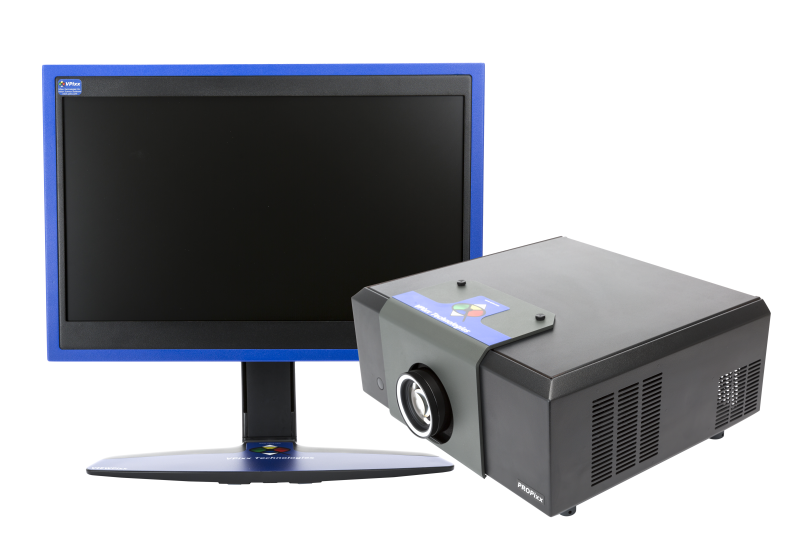This page has been moved to our support documentation website.
See https://docs.vpixx.com/vocal/m16-16-bit-greyscale-and-limited-colour-full-resol

High-Bit-Depth Grayscale with M16 Video Mode
Part one of a series on the special high-bit-depth video modes available with VPixx hardware. M16 offers high-bit-depth, full-resolution grayscale with colour overlay options.
- Displays
- ·
- Guide
- ·
- M16
- ·
- PROPixx
- ·
- Video Modes
- ·
- VIEWPixx
- ·
- VIEWPixx /3D
Contributed by:
Dr. Lindsey Fraser, VPixx Technologies
Date published:
March 29, 2021
